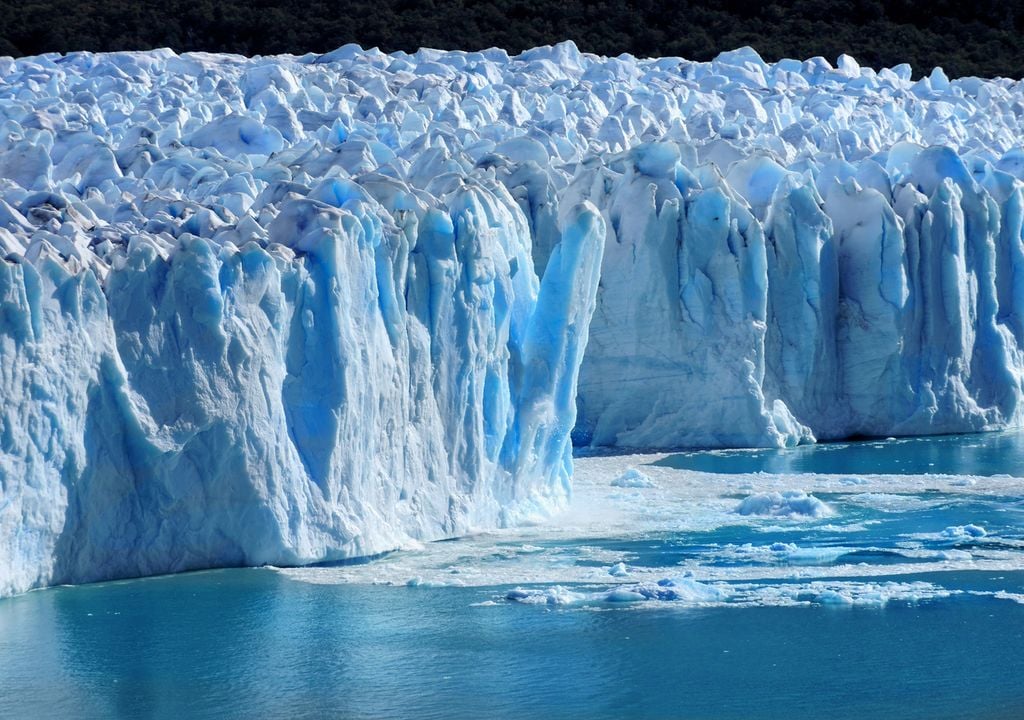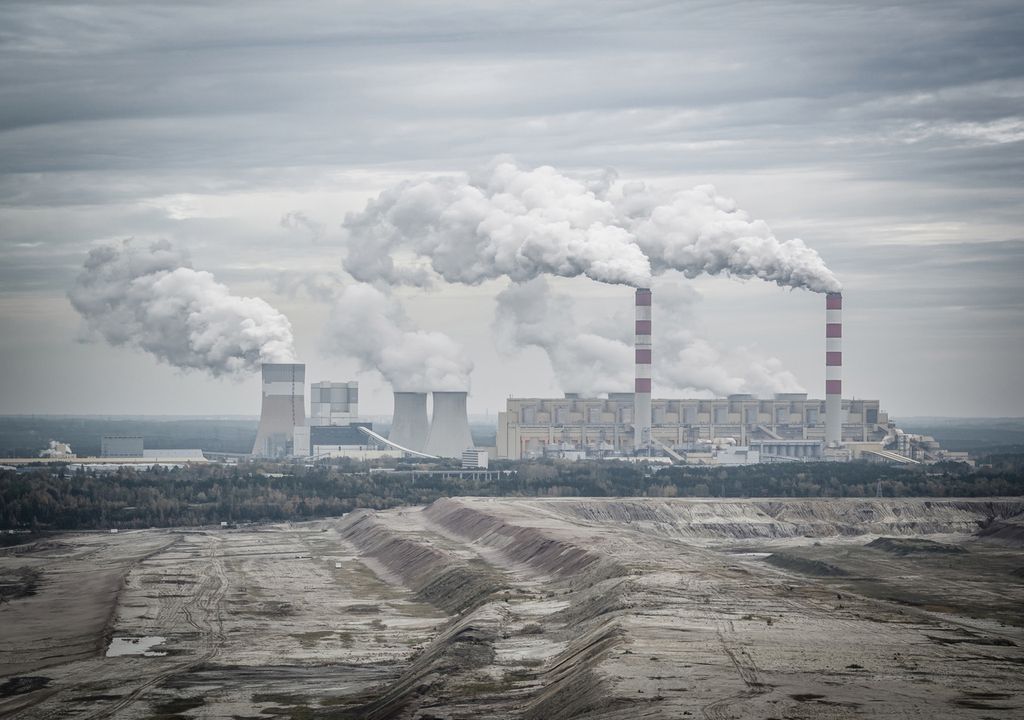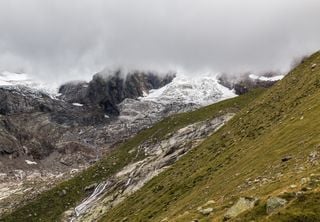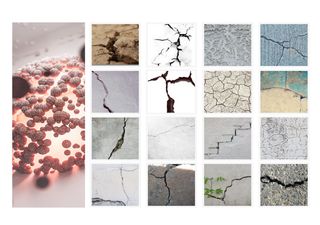Scientists manage to examine the depths of the "glacier at the end of the world" for the first time
A team of scientists studied the Thwaites Glacier for six years and concluded that it could collapse within 200 years, triggering the collapse of a major Antarctic ice sheet.

The melting of the Earth's ice sheets is a palpable consequence of global warming. Between 1992 and 2020, the rate of thaw multiplied by 6, with the worst years in this reduction being reported in the last decade.
The accelerated pace of thaw has several negative impacts such as the loss of habitats, the decrease in the planet's albedo, the rise in sea levels and the displacement of millions of people living in coastal regions.
The glacier of the "final judgment"
The Thwaites Glacier is one of the largest in Antarctica and is one of the most monitored in the world. This giant is known as the "end of the world glacier" or the "final judgment" because its melting could raise the sea several meters.
The glacier is 120 kilometers wide, its surface of 192,000 km², with a thickness that reaches 2 km in some parts. Its current melting represents 4% of the level increase.

A team of British and American scientists studied the thwaites ice mass in the last six years. The study concluded that it could collapse in 200 years, triggering the collapse of an important ice sheet in Antarctica.
The study also confirmed that since 1940 the Thwaites has been retreating and that in the last 30 years its melting has been faster. Something very worrying is the waterfall effect that will cause its melting.
They send a robot to observe the base of the glacier
A torpedo-shaped robot called Icefin was sent to the Thwaites base. Studying this glacier region is of great importance because it is an area of great vulnerability.
Grim Outlook for Antarcticas Thwaites Glacier
— Ken Davis (@kendavis2) September 29, 2024
Models predict:
Accelerating ice loss 21st/22nd centuries.
Collapse of West #Antarctic Ice Sheet in 23rd.
Keystone of West Antarctic Ice Sheet. Widest glacier on planet.#ThwaitesGlacier
LEARN MORE: https://t.co/qylGdyX37I pic.twitter.com/mG6smSFnif
Through the images transmitted by Icefin they discovered that the glacier is melting in unexpected ways, with the "warmest water" of the ocean capable of being channeled through deep cracks.
Cascade effect if the Thwaites collapses
The Thwaites Glacier is the front of an Antarctic ice sheet. There is concern that if the ice shelves of Thwaites collapse, it will expose other frozen layers that could also collapse.

Unfortunately, the ice masses will continue to melt even if drastic actions are taken on the emission of greenhouse gases.
If the entire Thwaites and the ice sheet it protects melts, the sea level will rise by about 3 meters. Recent research concluded that these ice sheets could disappear in the next century.
News reference:
https://thwaitesglacier.org/news/grim-outlook-antarcticas-thwaites-glacier








